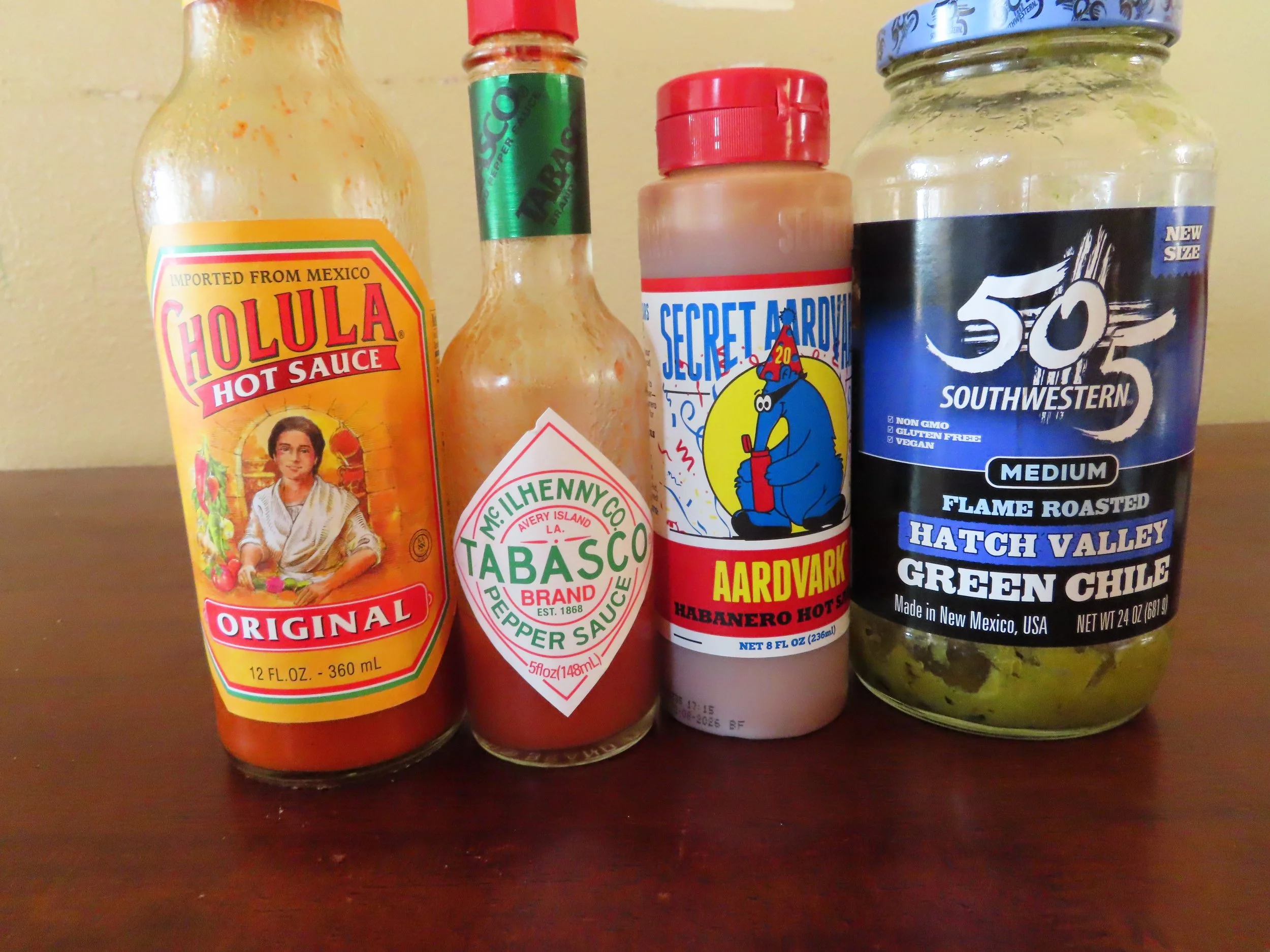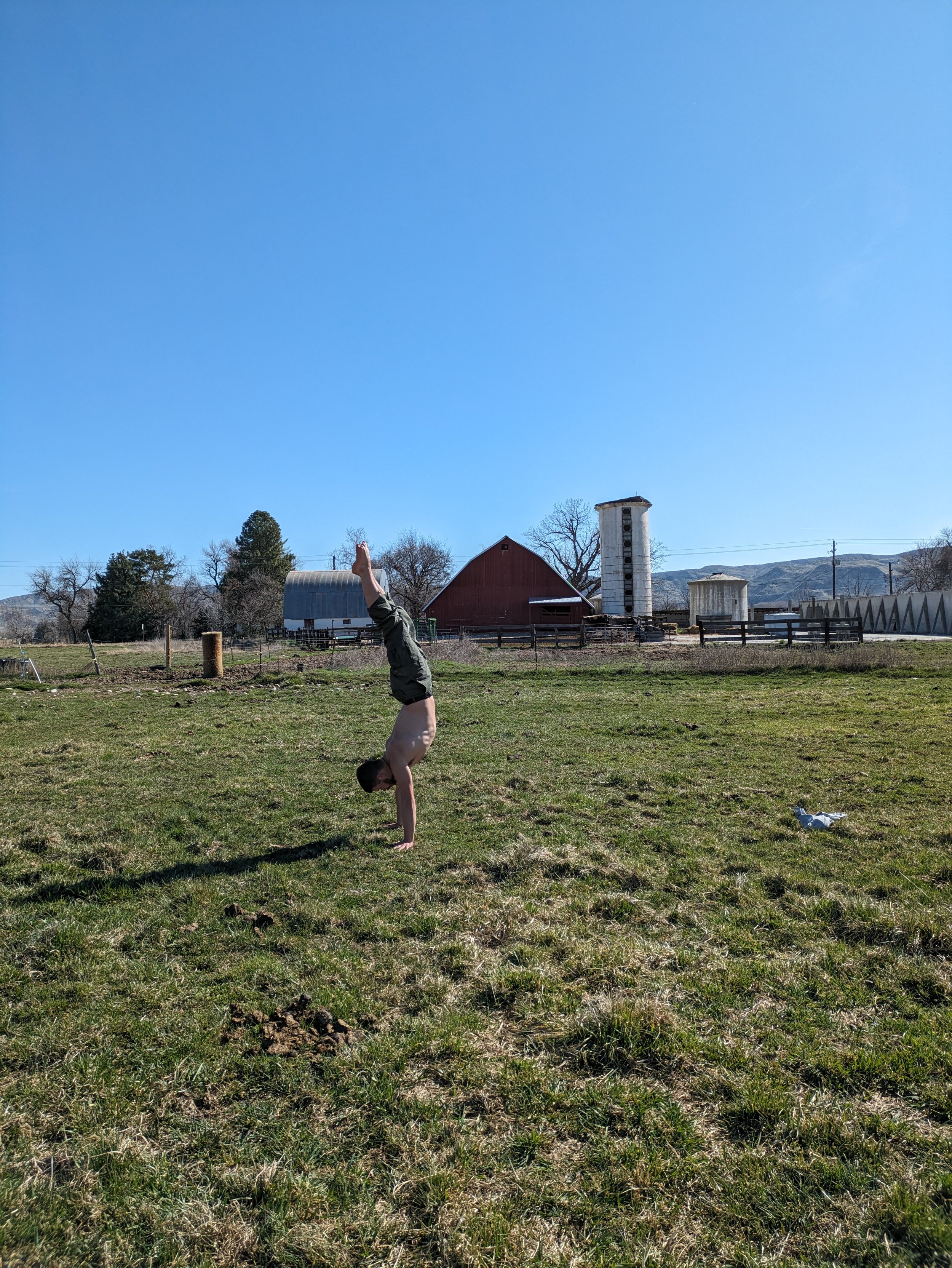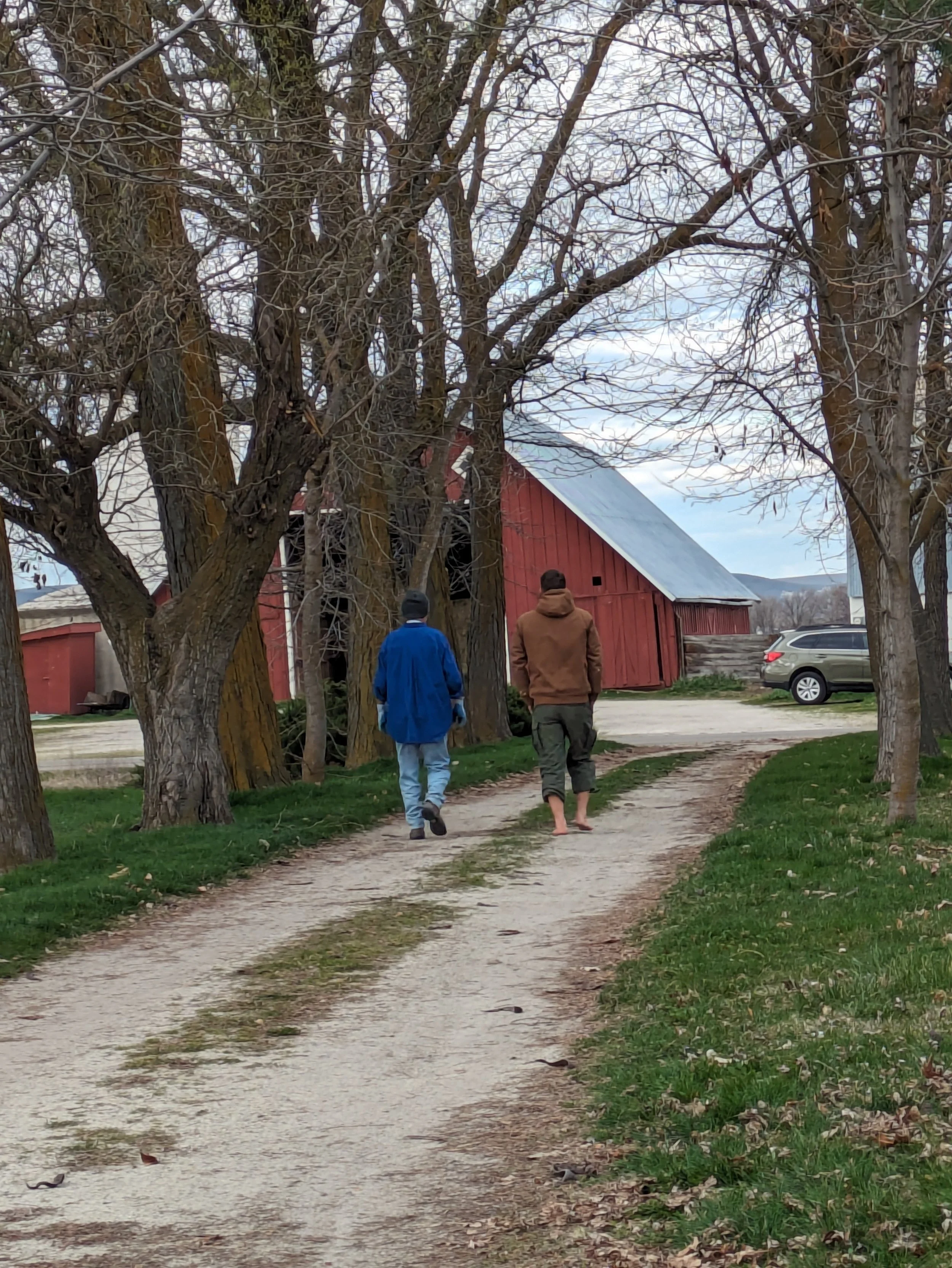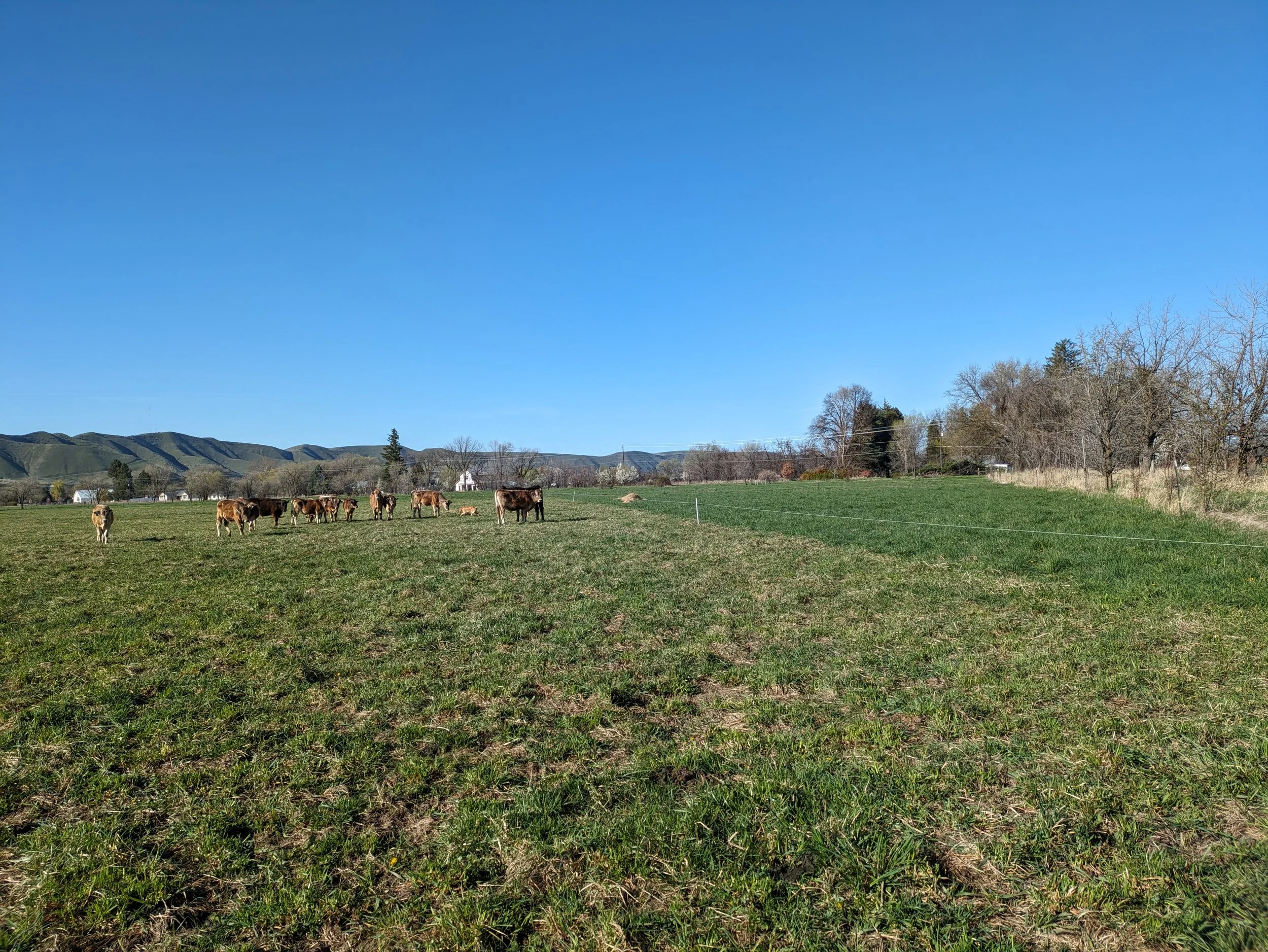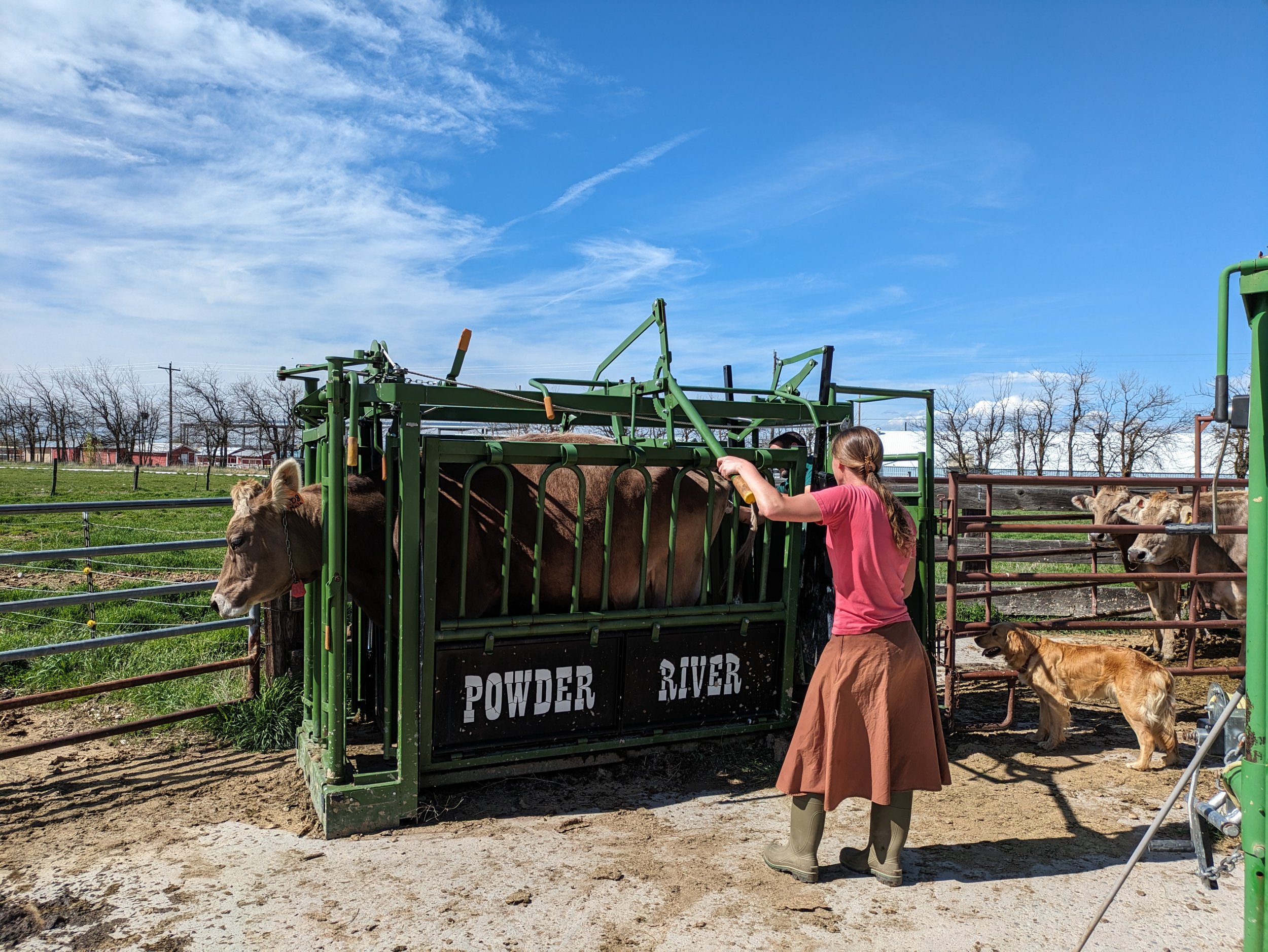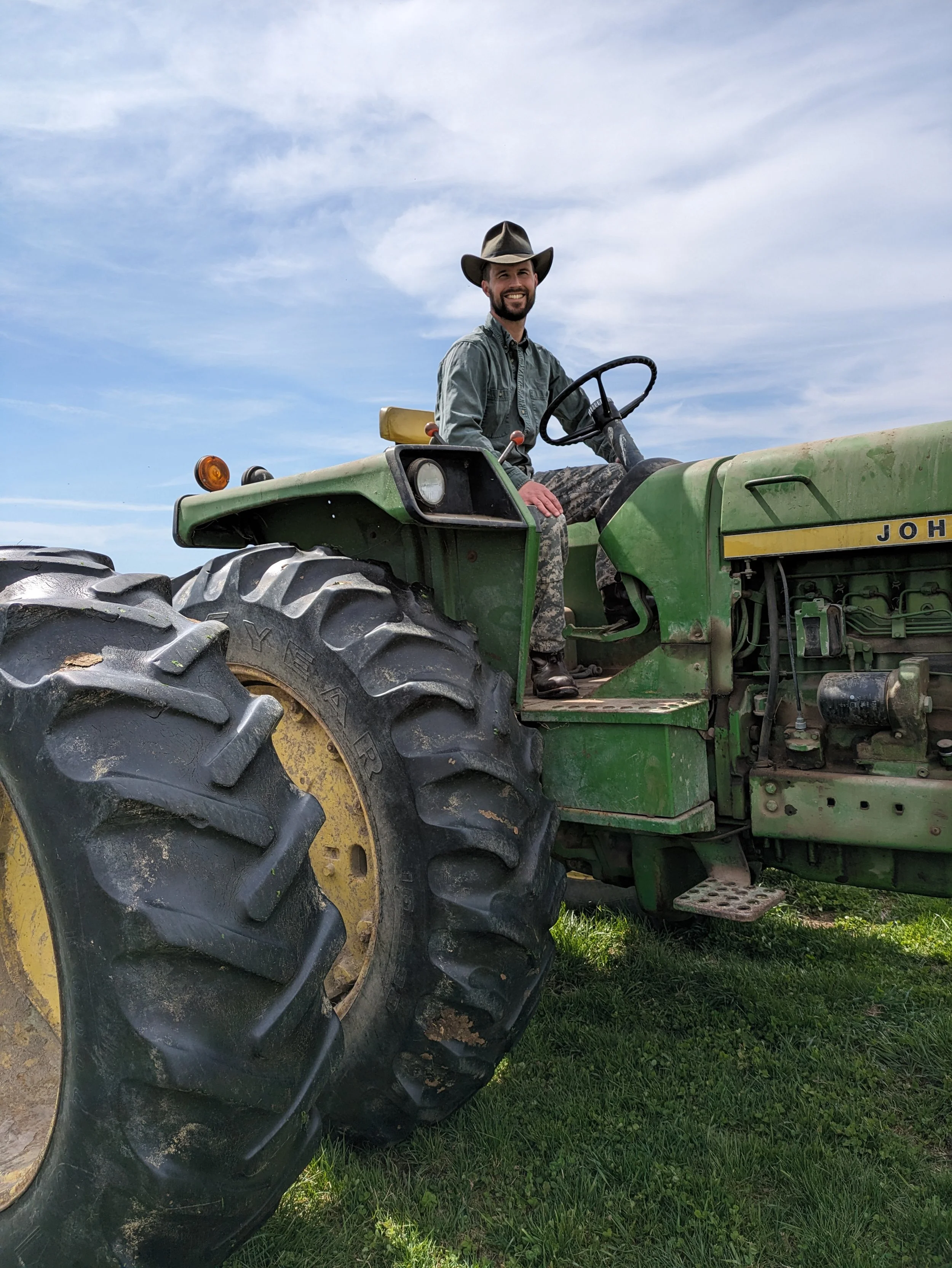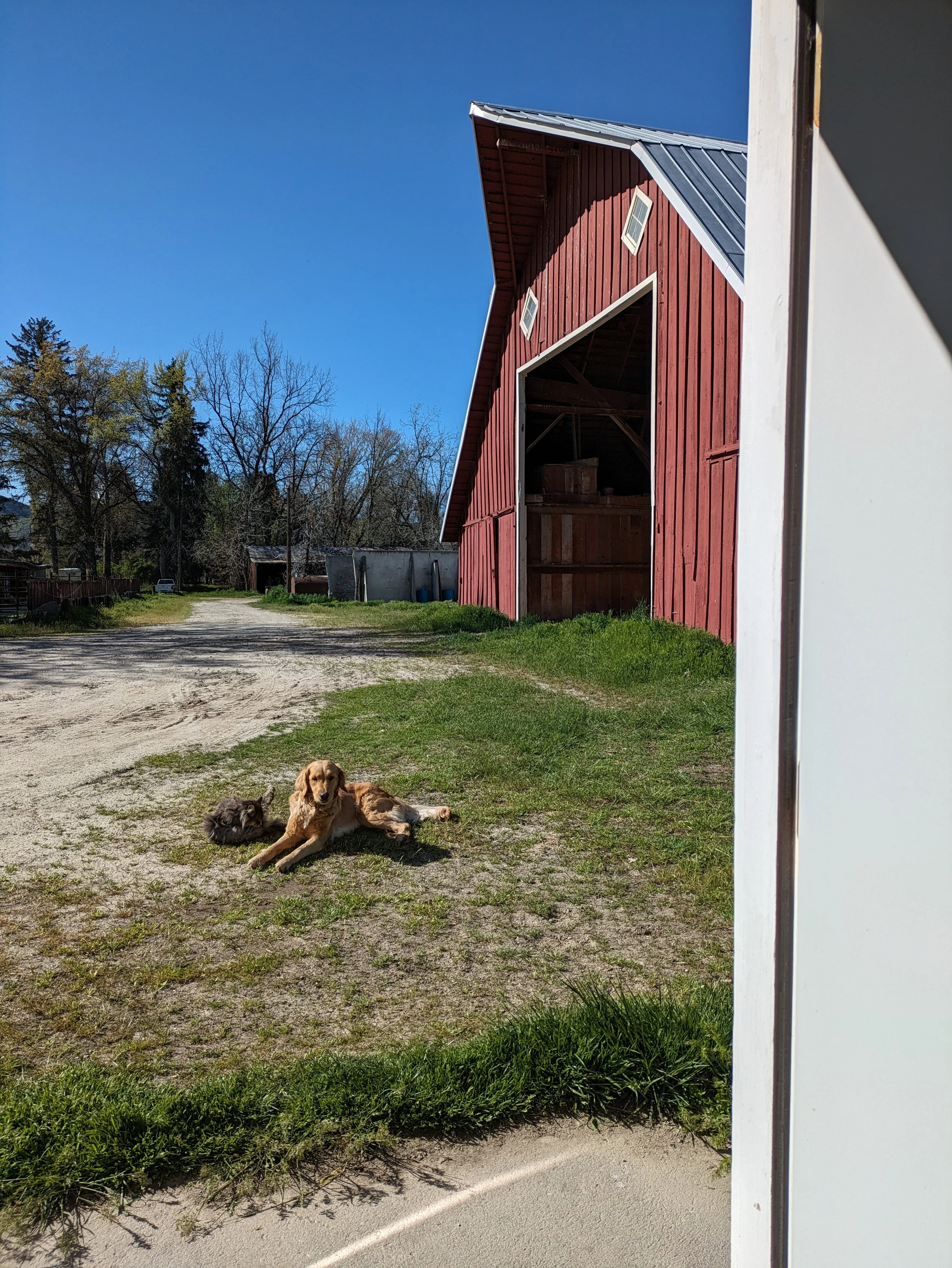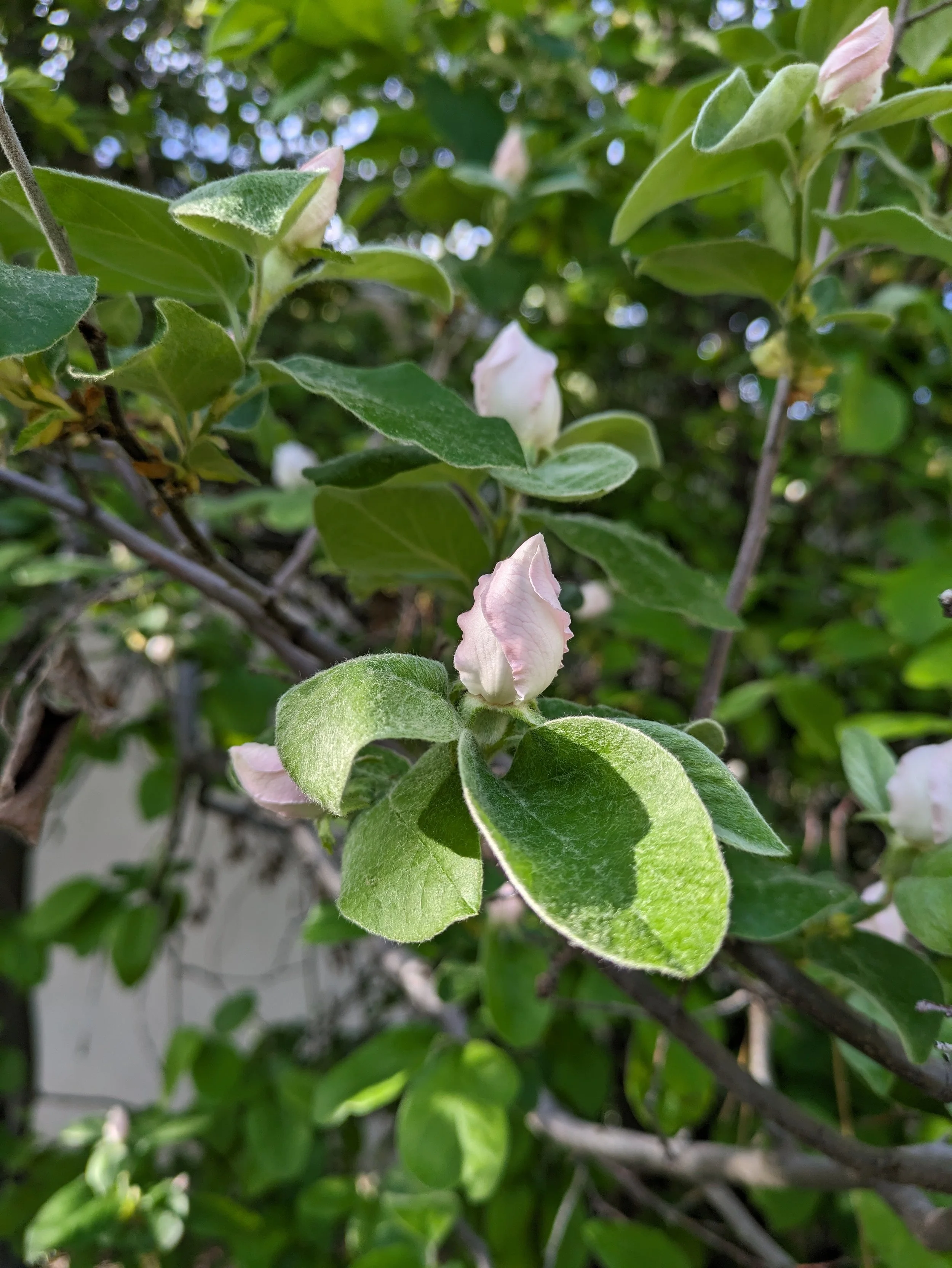from Joseph Mercola, MD
from mercola.com
Story at a Glance
Synthetic dairy products, including milk made from genetically engineered yeast, are being touted as environmentally friendly health foods that should replace real milk from cows and other animals
Along with missing important micronutrients that are abundant in real milk, fake milk contains compounds that have never before existed in the human diet
Ninety-two mysterious, unknown compounds were detected in the fake milk that don’t exist in real milk
None of these compounds have been tested for safety by the U.S. Food and Drug Administration
Tech oligarchs and venture capitalists are funding most fake food technologies, which gives globalists unprecedented power and control over human health
Synthetic dairy products, including milk made from genetically engineered yeast, are being touted as environmentally friendly health foods that should replace real milk from cows and other animals. But this deceptive green-washing is putting human health at risk, according to Dr. John Fagan, a molecular biologist who worked with the U.S.National Institutes of Health for 8.5 years.
Fagan is cofounder and chief scientist at the Health Research Institute (HRI). He spoke with Errol Schweizer for an episode of his podcast, "The Checkout," detailing concerning new findings about "animal-free" dairy. Along with missing important micronutrients that are abundant in real milk, fake milk — which Fagan and others refer to as a "synbio milk-like product" — contains compounds that have never before existed in the human diet.
"It’s really strikingly different. It just shows that this is not like milk. You can’t say that this is nutritionally like milk in any way," Fagan says.
Full-Spectrum Analysis Reveals Unknown Compounds in Fake Milk
At Fagan’s HRI, they use "cutting-edge mass spectrometric and molecular genetic approaches to make the invisible visible."
This full-spectrum analysis is capable of revealing so-called "nutritional dark matter," even in foods as mundane as wheat. The fact is, an estimated 85% of the nutritional components in common foods remain unquantified. The health implications of most compounds also remain largely unknown.
New Scientist notes:
"This is also true of individual micronutrients. ‘Consider beta-carotene,’ says[Albert-László Barabási at Harvard Medical School, who coined the term nutritional dark matter] … ‘It tends to be positively associated with heart disease, according to epidemiological studies, but studies adding beta-carotene to the diet do not show health benefits.
One potential reason is that beta-carotene never comes alone in plants; about400 molecules are always present with it. So epidemiology may be detecting the health implications of some other molecule.’ Another probable cause is the effect of the microbiome on dark nutrients, says [FooDB founder David] Wishart.‘Most dark nutrients are chemically transformed by your gut bacteria.
That’s probably why studies on the benefits of different foods give relatively ambiguous results. We don’t properly control for the variation in gut microflora,or our innate metabolism, which means different people get different doses of metabolites from their food.’"
We know even less about the constituents of processed foods and synthetic foods that ignorantly claim to be "equivalents" to whole foods, such as "animal-free meats" or"animal-free milk."
At HRI, Fagan and colleagues are using their full-spectrum analysis for a new category in the food industry — synbio milk-like product. For a bit of backstory, in 1994 Fagan returned close to $614,000 in grant money — and withdrew a request for an additional $1.25 million — to protest genetic engineering and the release of GMOs into the environment.
At the time, he said, "The benefi ts of genetic engineering have been oversold, and thedangers have been underrepresented."
His efforts to advocate for food purity andsafety, nutrition and food security have continued via HRI.
FDA Hasn’t Tested the 92 Unknown Compounds in Fake Milk for Safety
As Fagan explains to Schweizer, one form of synthetic biology involves bacteria, yeast or fungus cells genetically engineered to produce another compound, in this case cow milk proteins. The idea is once you have milk proteins, you can make something from that that supposedly is milk, he says. But Fagan and colleagues used a mass spectrometerto chart the differences in composition between synbio milk-like products, biodynamic milk and organic milk.
While important micronutrients exist in organic and biodynamic milk, they’re missing, or very low in, synbio milk. Further, mysterious, unknown compounds were detected in the fake milk that don’t exist in real milk. Fagan says:
"These are small compounds, and they include things like … fungicide and other really weird compounds ... These are huge amounts of these compounds that are present in synbio milk and not present in real milk. Literally, I counted andthere are 92 different compounds.
Most of them are so uncommon that we don’t even have names for them. And so we can say with good confi dence that these compounds have never been part of the human food supply before, and yet they are the predominant small molecules in synbio milk."
None of these compounds have been tested for safety by the U.S. Food and Drug Administration.
"This product has been put on the market without any safety testing,and your FDA — the FDA that you are paying taxes to watch and make sure your food is safe — looked the other way," Fagan says.
The proteins in synbio milk are also different from proteins in real milk. "Most of the protein that they’re putting into this synbio milk-like product is not milk proteins from cows, but it’s fungus and yeast proteins … we don’t know which, because that’s one of their trade secrets."
In recent years, the idea that we can replace whole foods with synthetic, genetically engineered or lab-grown alternatives that are wholly equivalent to the original food hastaken root. In reality, that’s simply impossible.
How can scientists create equivalence when they don’t even know what 85% or more of the whole food they’re trying to replicate consists of? Common sense will tell you they can’t. It might look, smell and even taste similar, but the micronutrient composition will be entirely different and, as a result, the health effects will be incomparable as well.















